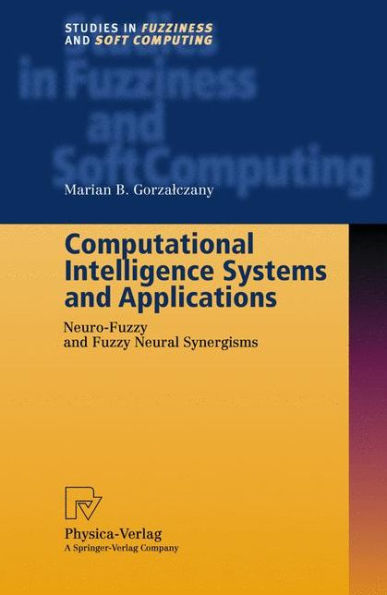5
1
9783790814392


Computational Intelligence Systems and Applications: Neuro-Fuzzy and Fuzzy Neural Synergisms / Edition 1 available in Hardcover

Computational Intelligence Systems and Applications: Neuro-Fuzzy and Fuzzy Neural Synergisms / Edition 1
- ISBN-10:
- 3790814393
- ISBN-13:
- 9783790814392
- Pub. Date:
- 02/05/2002
- Publisher:
- Physica-Verlag HD
- ISBN-10:
- 3790814393
- ISBN-13:
- 9783790814392
- Pub. Date:
- 02/05/2002
- Publisher:
- Physica-Verlag HD
169.99
In Stock

Product Details
| ISBN-13: | 9783790814392 |
|---|---|
| Publisher: | Physica-Verlag HD |
| Publication date: | 02/05/2002 |
| Series: | Studies in Fuzziness and Soft Computing , #86 |
| Edition description: | 2002 |
| Pages: | 364 |
| Product dimensions: | 6.10(w) x 9.25(h) x 0.03(d) |
From the B&N Reads Blog
